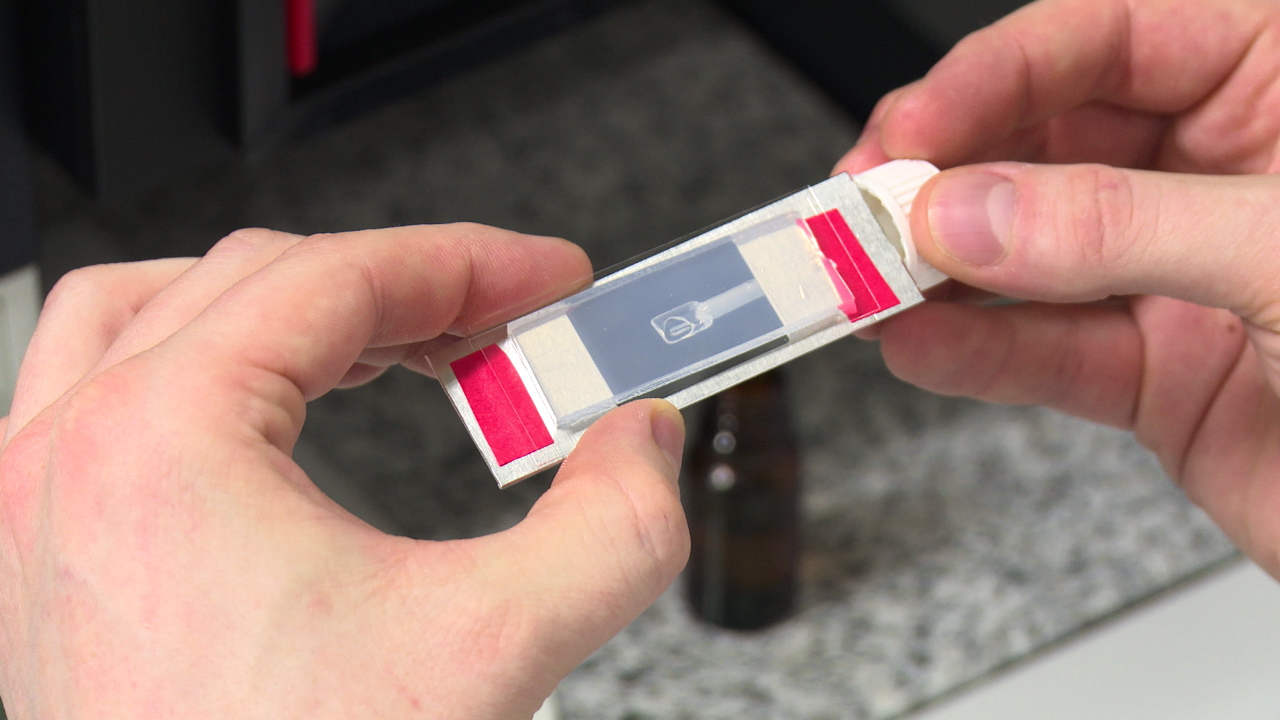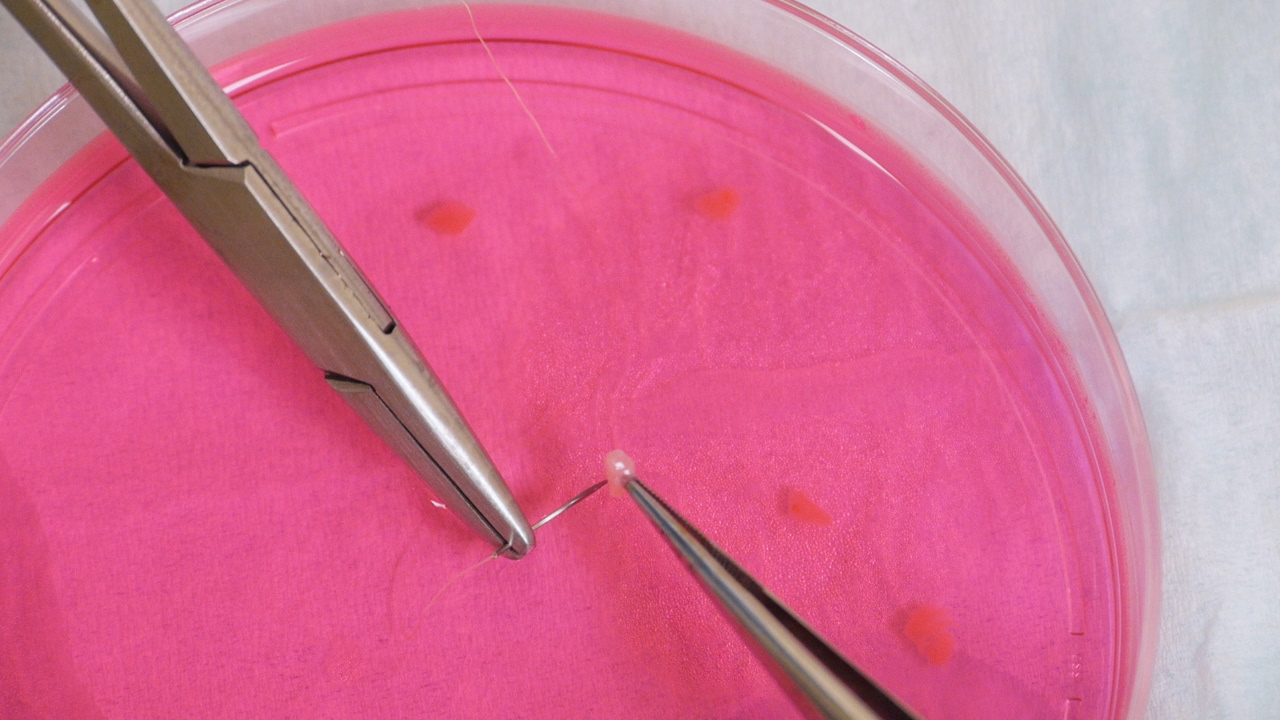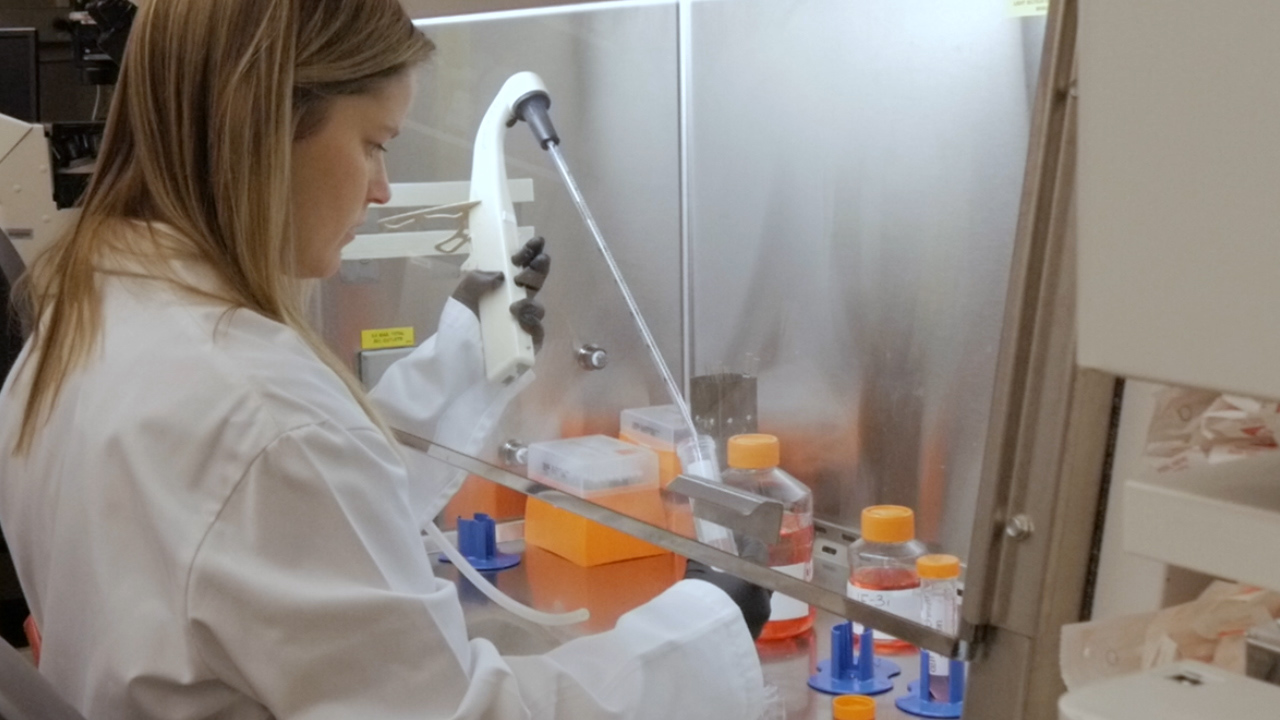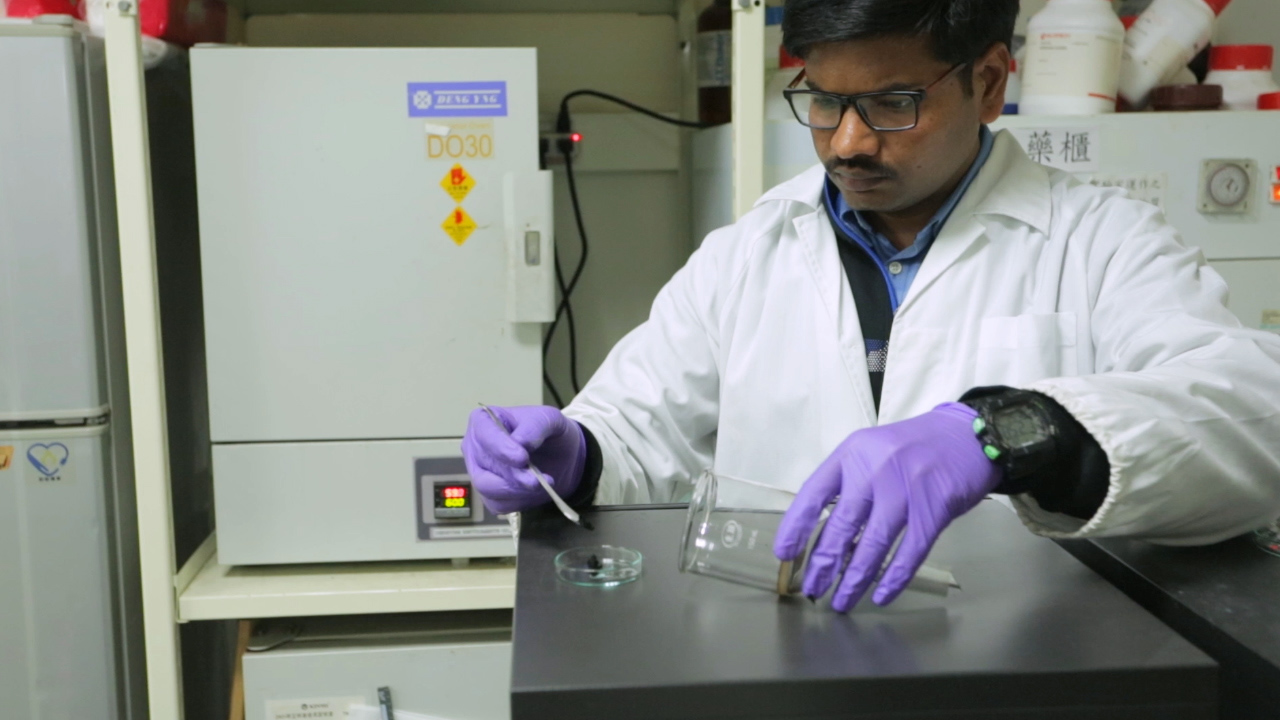Fluorescence Live-cell Imaging of the Complete Vegetative Cell Cycle of the Slow-growing Social Bacterium Myxococcus xanthus
Bacterial cells are spatially highly organized. To follow this organization over time in slow growing Myxococcus xanthus cells, a set-up for fluorescence live-cell imaging with high spatiotemporal resolution over several generations was developed. Using this method, spatiotemporal dynamics of important proteins for chromosome segregation and cell division could be determined.
A Syngeneic Pancreatic Cancer Mouse Model to Study the Effects of Irreversible Electroporation
Irreversible electroporation (IRE) is a non-thermal ablation technique used for the treatment of locally advanced pancreatic cancer. Being a relatively new technique, the effects of IRE on the tumor growth are poorly understood. We have developed a syngeneic mouse model that facilitates studying the effects of IRE on pancreatic cancer.
Chemical Reversion of Conventional Human Pluripotent Stem Cells to a Naïve-like State with Improved Multilineage Differentiation Potency
We present a protocol for efficient, bulk, and rapid chemical reversion of conventional lineage-primed human pluripotent stem cells (hPSC) into an epigenomically-stable naïve preimplantation epiblast-like pluripotent state. This method results in decreased lineage-primed gene expression and marked improvement in directed multilineage differentiation across a broad repertoire of conventional hPSC lines.
A Novel Method for the Pentosan Analysis Present in Jute Biomass and Its Conversion into Sugar Monomers Using Acidic Ionic Liquid
We present a protocol for the synthesis of C5 sugars (xylose and arabinose) from a renewable non-edible lignocellulosic biomass (i.e., jute) with the presence of Brønsted acidic ionic liquids (BAILs) as the catalyst in water. The BAILs catalyst exhibited better catalytic performance than conventional mineral acid catalysts (H2SO4 and HCl).






